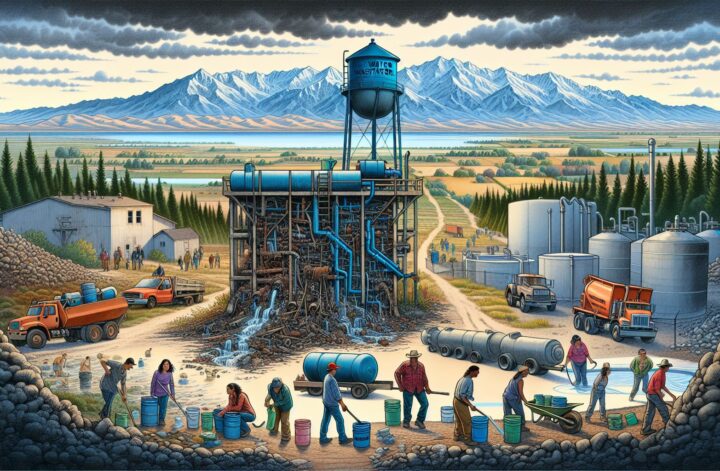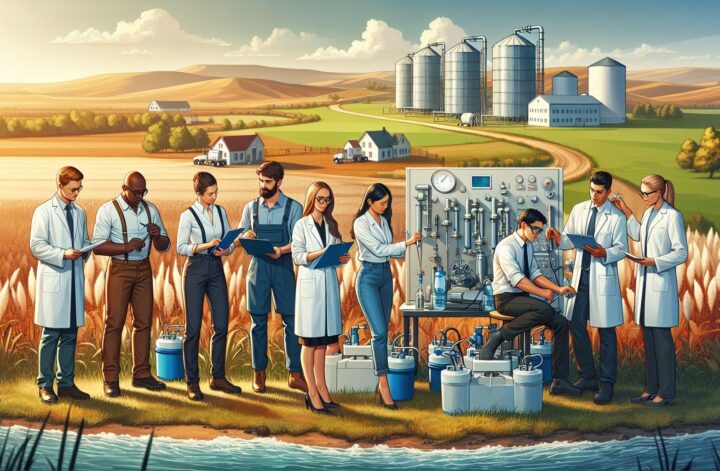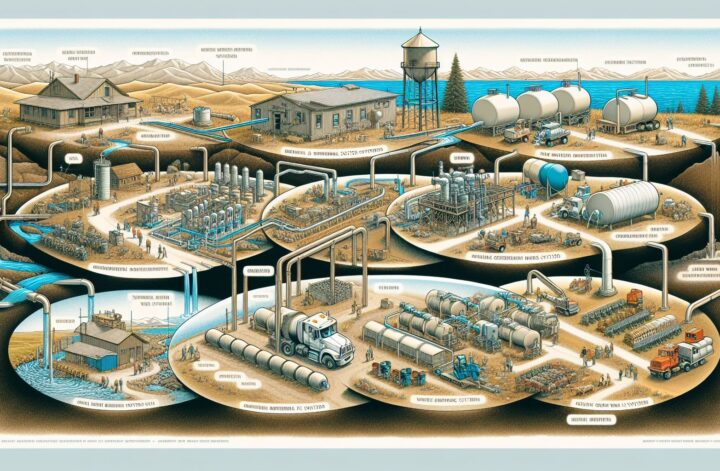Idaho, a largely rural state in the Northwest region of the United States, has been grappling with the challenge of maintaining and upgrading its water and wastewater systems. These systems, vital to the health and economy of rural towns, face numerous obstacles, ranging from ageing infrastructure to a lack of funding and technical expertise.
In many rural Idaho communities, the water infrastructure dates back several decades. The Environmental Protection Agency estimates that more than half of the $132 billion needed in capital improvements for water infrastructure nationwide is needed in small communities with fewer than 10,000 residents — the type of communities that are prevalent throughout Idaho[^1^].
Yet, funding for upgrades is often scarce. Many small Idaho towns lack the budget to maintain, let alone upgrade, their water and wastewater systems. Federal funding, through established programs like the Drinking Water State Revolving Fund (DWSRF) and Clean Water State Revolving Fund (CWSRF), have helped keep systems afloat and supported some necessary upgrades[^2^].
Idaho’s Department of Environmental Quality has been instrumental in securing such federal funding but is also looking for other solutions to tackle this problem. Their priority is to ensure that all Idaho residents have access to safe, reliable drinking water and wastewater systems.
Technological innovation can also play a crucial role in addressing Idaho’s rural water and wastewater system challenges. Advanced water treatment solutions, for instance, could provide a less capital-intensive alternative to traditional infrastructure. Digital technologies like remote monitoring and advanced data analytics can enhance system operations and maintenance, efficiently bridging the technical expertise gap in many rural communities[^3^].
In conclusion, the improvement of rural water and wastewater systems in Idaho requires a multi-faceted approach, with concerted efforts needed from federal and state authorities, local communities, and technological innovators. As Idaho looks to a future of sustainable growth and development, solving rural water challenges will remain a key priority.
[^1^]: Small Systems Monthly Webinar Series | US EPA
[^2^]: Drinking Water State Revolving Fund (DWSRF) | US EPA
[^3^]: Emerging Trends in the Water and Wastewater Industry 2021



